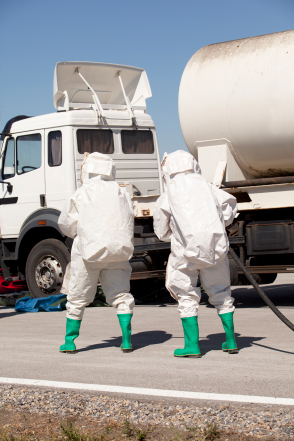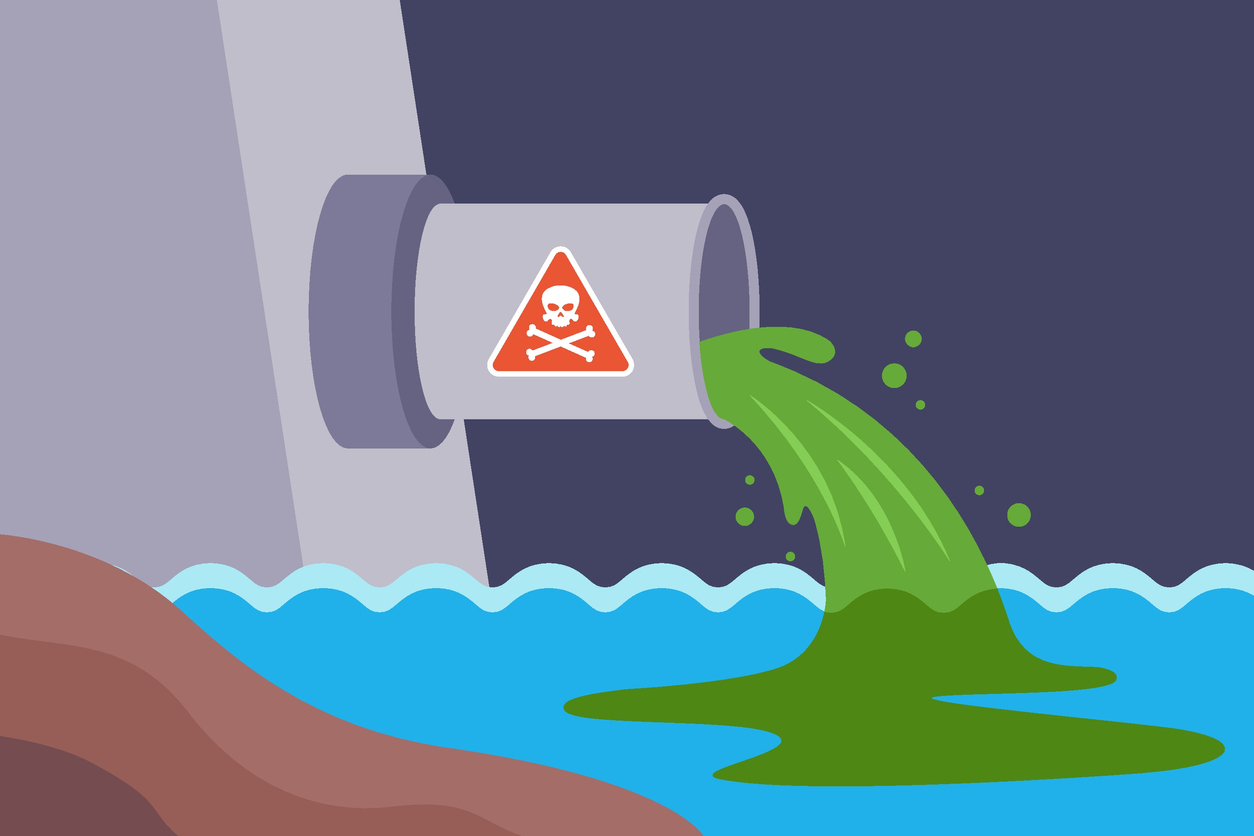Industrial Wastewater Treatment: Custom-made Solutions for Complicated Wastewater Difficulties
Industrial Wastewater Treatment: Custom-made Solutions for Complicated Wastewater Difficulties
Blog Article
Just How Fluid Waste Disposal Works: A Thorough Overview of Techniques and Technologies Employed

Introduction of Fluid Waste Kind
The complexity of fluid waste kinds necessitates an extensive understanding of their characteristics and ramifications for disposal. Fluid waste can broadly be categorized into several types, including industrial, local, agricultural, and contaminated materials. Each classification displays distinct homes, needing particular administration approaches to alleviate ecological and health threats.
Industrial fluid waste stems from manufacturing processes and usually consists of a series of contaminants, such as heavy steels, solvents, and natural compounds. Community liquid waste, largely making up wastewater from families and industrial establishments, contains raw material, nutrients, and virus (industrial wastewater treatment). Agricultural liquid waste, consisting of drainage from farms, might have plant foods, pesticides, and animal waste, posing dangers to water high quality and communities
Hazardous liquid waste is characterized by its toxicity, sensitivity, or possible to cause damage. Recognizing these diverse liquid waste kinds is crucial for establishing efficient disposal approaches and guaranteeing compliance with ecological laws.
Physical Treatment Methods

Screening is the initial action, where larger particles and particles are eliminated from the liquid waste using displays or grates. In sedimentation containers, much heavier particles settle at the base, developing a sludge layer, while the clarified fluid can be more treated.
Filtration is an additional necessary technique that involves passing the fluid through permeable materials, such as sand or membranes, to record smaller fragments. This step enhances the top quality of the liquid, making it ideal for subsequent treatment procedures.

Chemical Treatment Strategies
Chemical treatment strategies are necessary for effectively taking care of liquid waste, especially in dealing with liquified and colloidal pollutants that physical approaches may not appropriately get rid of. These methods make use of various chemical representatives to reduce the effects of, speed up, or transform unsafe materials right into less dangerous kinds.
One common technique is coagulation and flocculation, where chemicals such as alum or ferric chloride are included to promote the aggregation of put on hold fragments. This process improves sedimentation, enabling much easier elimination of the resulting sludge. In addition, oxidation procedures, using agents like chlorine or ozone, are used to break down complicated natural substances and virus, rendering the waste safer for discharge or additional therapy.
Neutralization is an additional critical method, which changes the pH of acidic or alkaline waste streams to neutral degrees, protecting against potential harm to downstream systems and the atmosphere. Moreover, progressed oxidation procedures (AOPs) make use of mixes of oxidants and ultraviolet light to degrade persistent pollutants, accomplishing a higher degree of treatment efficiency.
Biological Therapy Procedures
Biological treatment processes play a critical role in the management of liquid waste by using bacteria to decay raw material and reduce contaminant levels. These processes can be broadly categorized into aerobic and anaerobic treatments, each utilizing certain microbial communities to accomplish efficient waste destruction.
Aerobic treatment includes the use of oxygen to assist in the failure of organic materials by germs. This procedure is commonly executed in turned on sludge systems, where oygenation storage tanks supply a favorable environment for microbial growth, leading to the oxidation of natural toxins. The resultant biomass can be divided from treated effluent through sedimentation.
In comparison, anaerobic therapy happens in the absence of oxygen, depending on various bacteria to break down raw material. This approach is especially advantageous for high-strength Visit Website waste, as it creates biogas, a sustainable power source, while reducing sludge manufacturing. Technologies such as anaerobic digesters are frequently used in community and commercial resource applications.
Both anaerobic and aerobic biological therapies not only decrease the environmental impact of liquid waste yet also help with source healing, making them crucial elements of lasting waste management approaches. Their performance, effectiveness, and versatility support their extensive application throughout various industries.
Arising Technologies in Disposal
Cutting-edge approaches to liquid garbage disposal are swiftly evolving, driven by developments in modern technology and an increasing emphasis on sustainability. Amongst these emerging innovations, membrane layer bioreactors (MBRs) have actually acquired traction for their capability to incorporate organic therapy with membrane layer filtration, resulting in high-quality effluent that can be recycled in numerous applications. MBRs make it possible for smaller footprints and much more reliable procedures contrasted to traditional systems.
Another promising growth is making use of anaerobic digestion integrated with nutrient recovery modern technologies, which not just treats fluid waste but additionally generates biogas and recoups important nutrients like nitrogen and phosphorus. This dual benefit enhances source effectiveness and reduces ecological impact.
In addition, advanced oxidation procedures (AOPs) are being embraced for the destruction of intricate natural pollutants. These techniques utilize effective oxidants and drivers to break down contaminants at the molecular degree, using a highly effective solution for challenging waste streams.
Additionally, the integration of man-made intelligence and artificial intelligence in waste management systems is maximizing operational effectiveness and predictive maintenance, leading to lowered expenses and get redirected here improved environmental compliance. These technologies show a considerable change in the direction of even more reliable and lasting liquid garbage disposal techniques.
Verdict
In verdict, efficient fluid waste disposal demands an extensive understanding of various methods and technologies. By constantly advancing these methods, it becomes feasible to address the expanding challenges associated with liquid waste, inevitably adding to environmental defense and resource recovery.
Liquid waste disposal is a crucial element of ecological administration, needing a detailed understanding of numerous methods and innovations customized to different waste types. Liquid waste can extensively be classified into several kinds, including industrial, municipal, agricultural, and unsafe waste. Agricultural fluid waste, consisting of overflow from ranches, might have fertilizers, pesticides, and animal waste, presenting threats to water quality and communities.
Different physical treatment methods play an essential function in managing fluid waste effectively - industrial wastewater treatment.In final thought, efficient liquid waste disposal requires an extensive understanding of various methods and innovations
Report this page